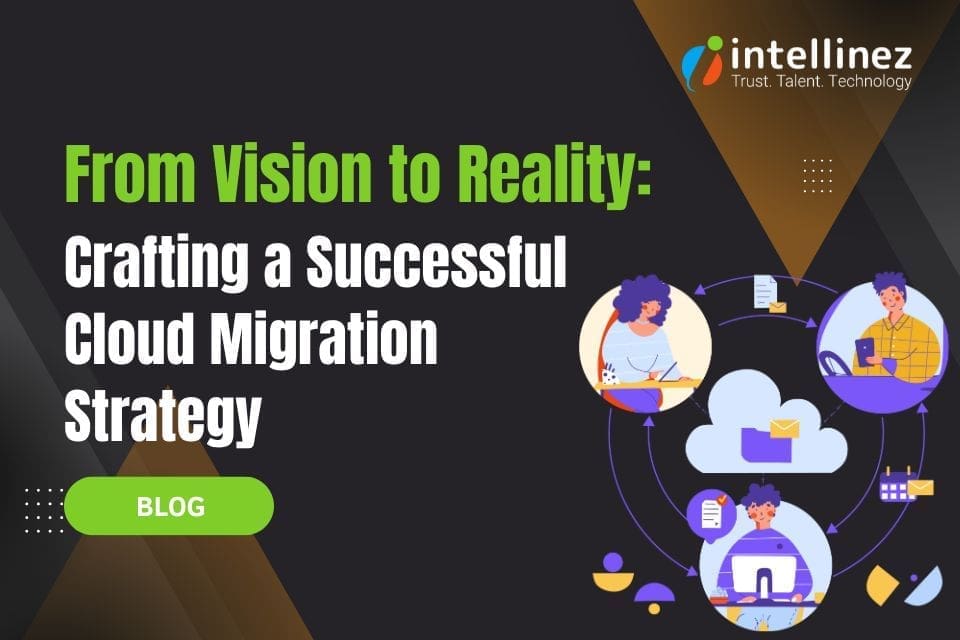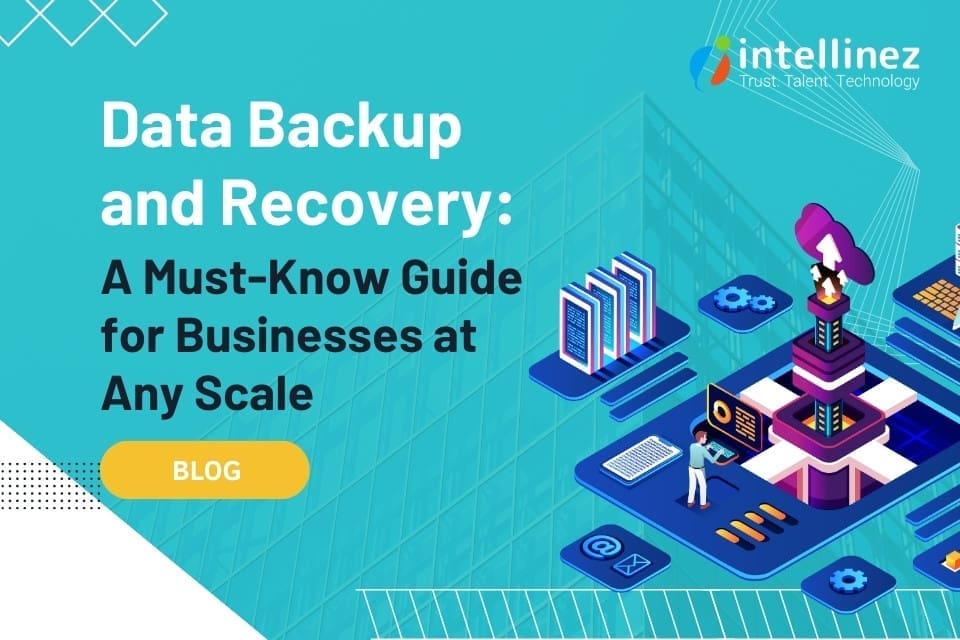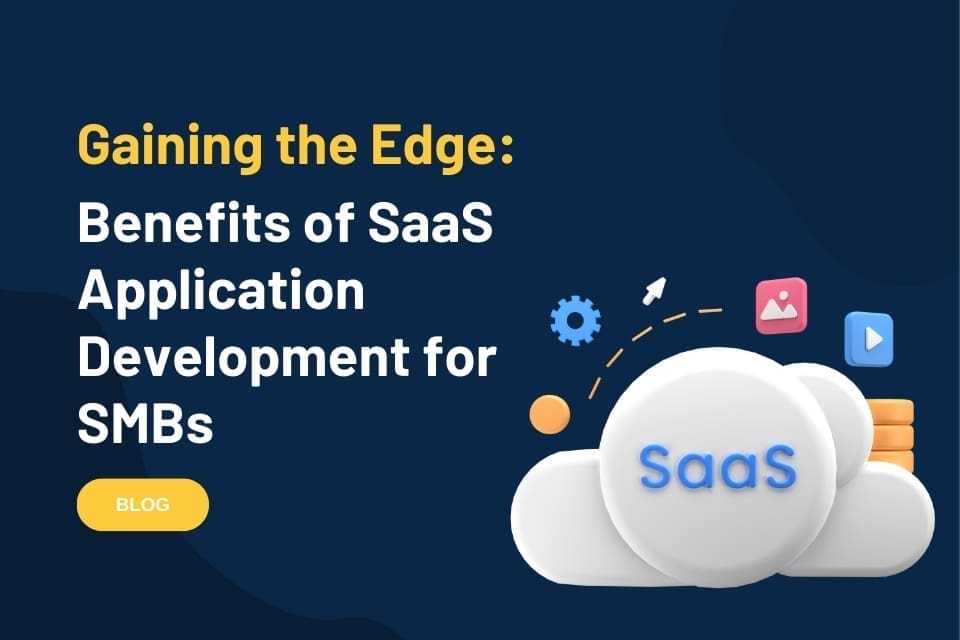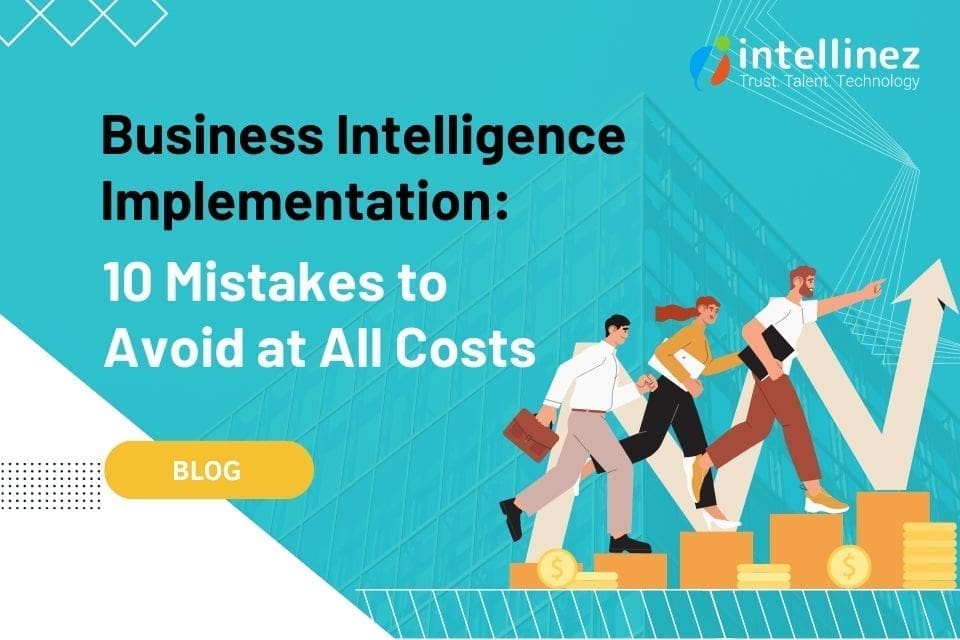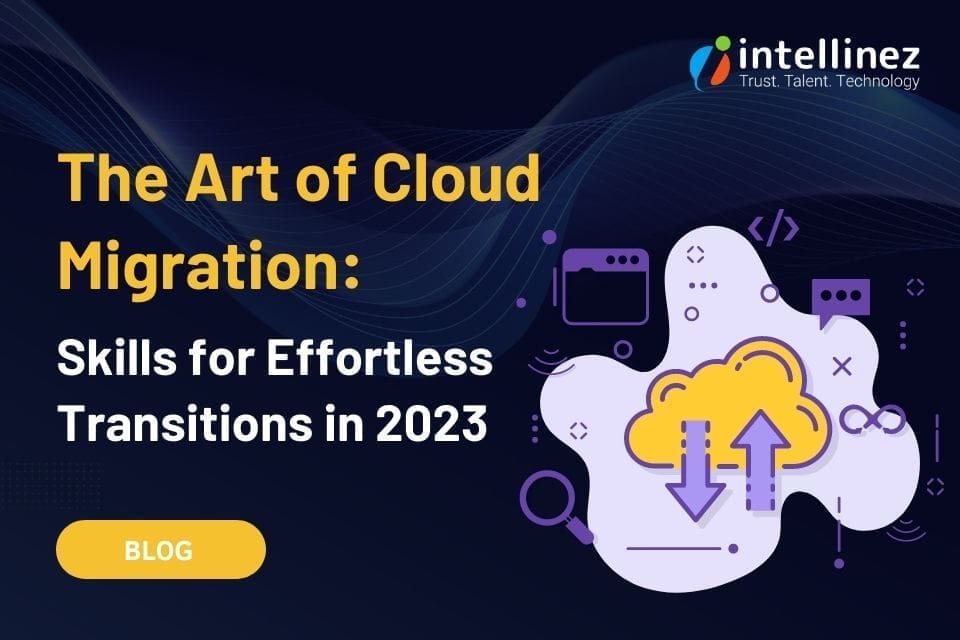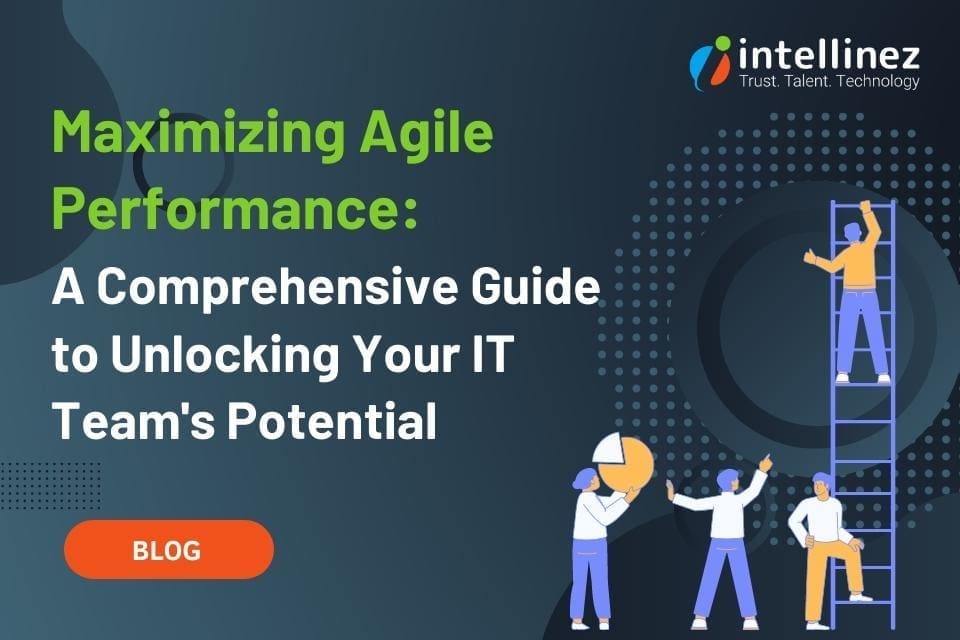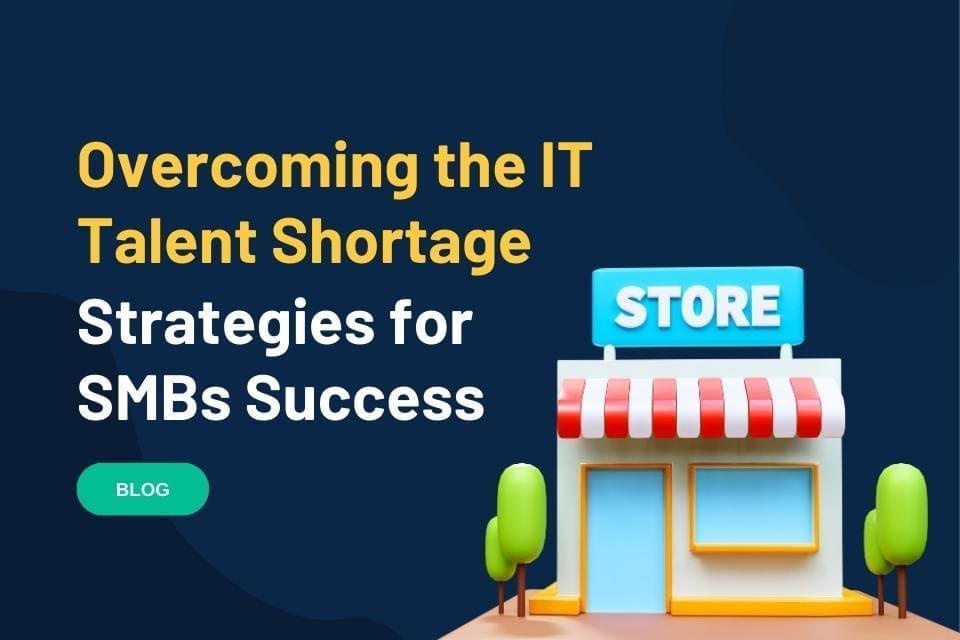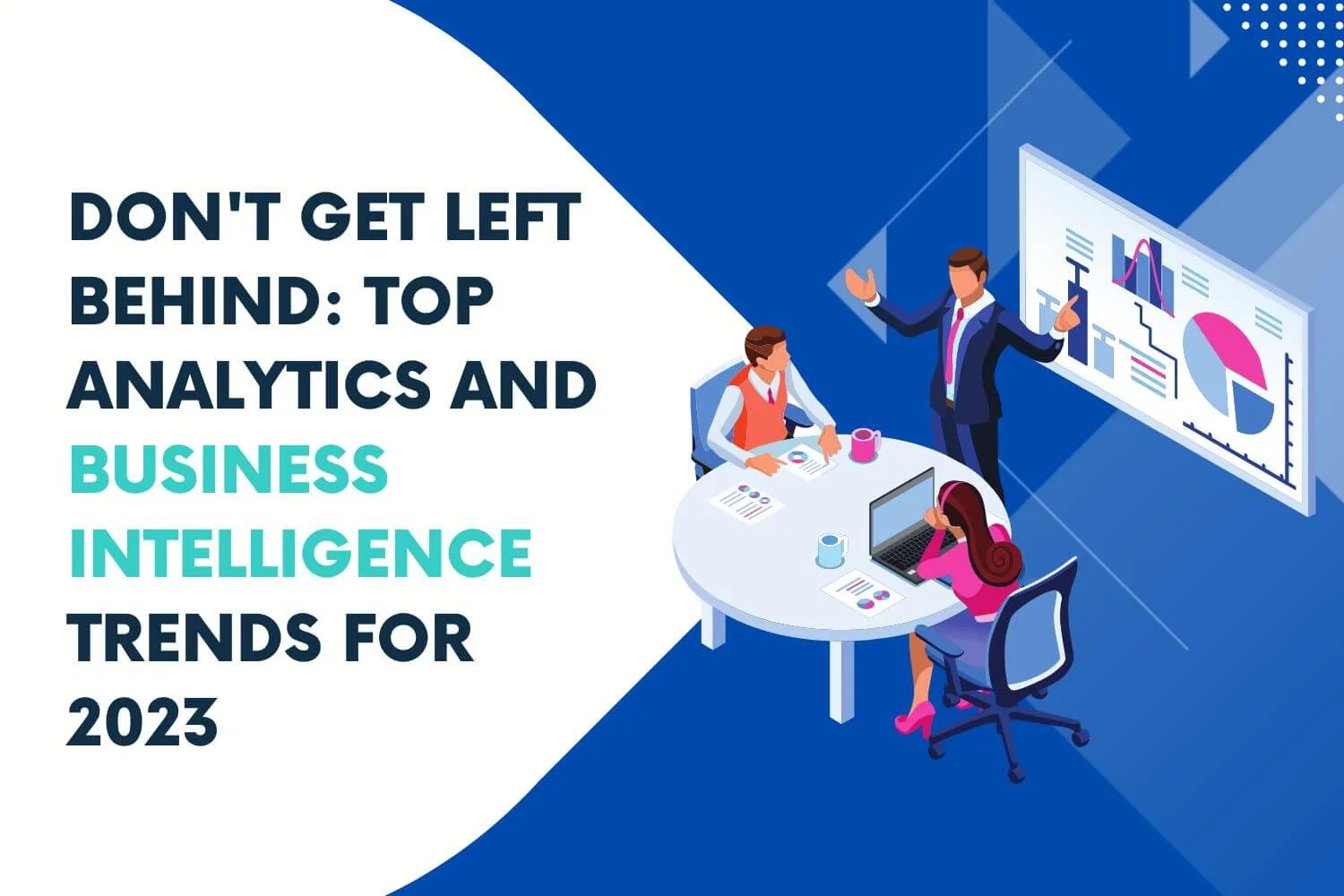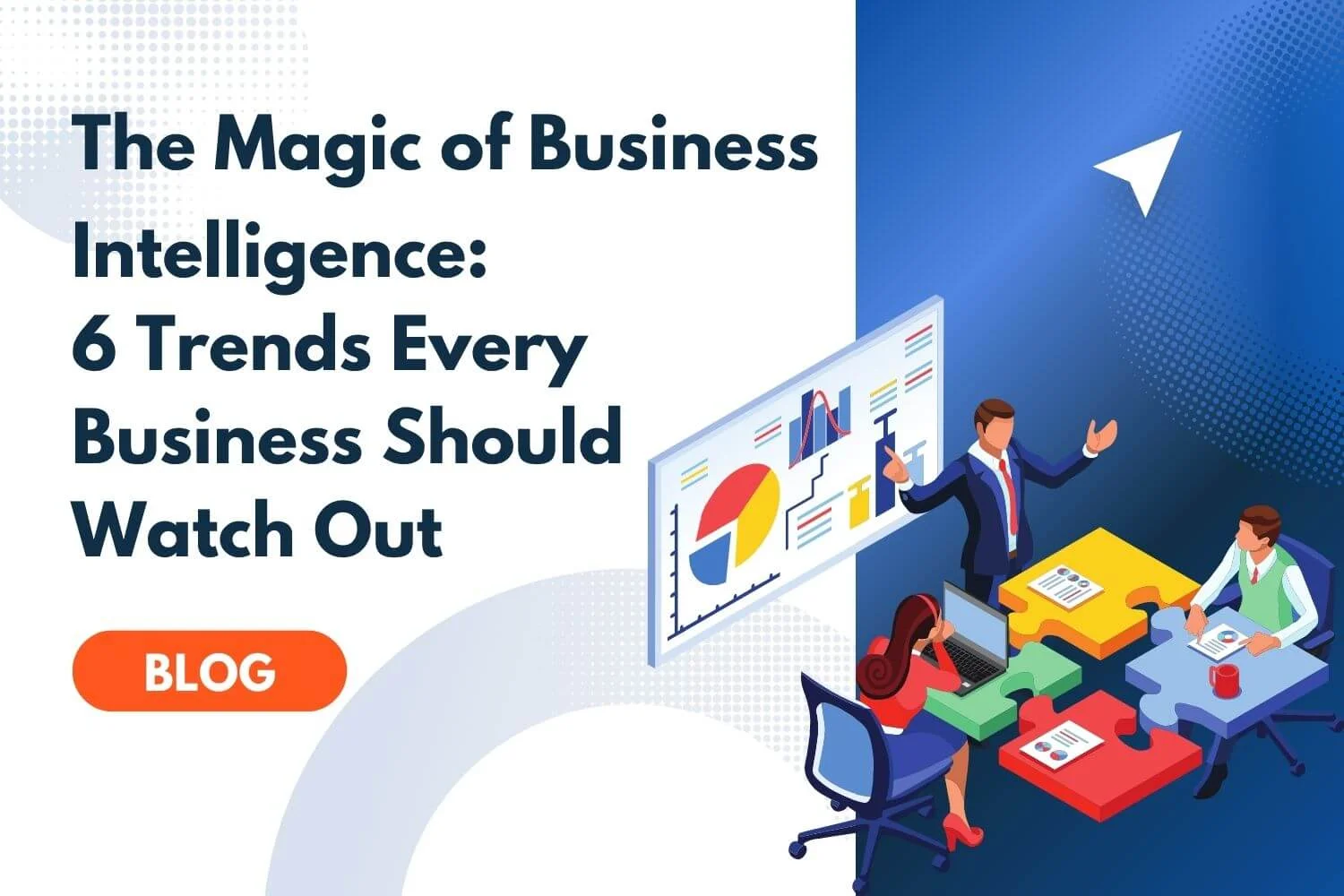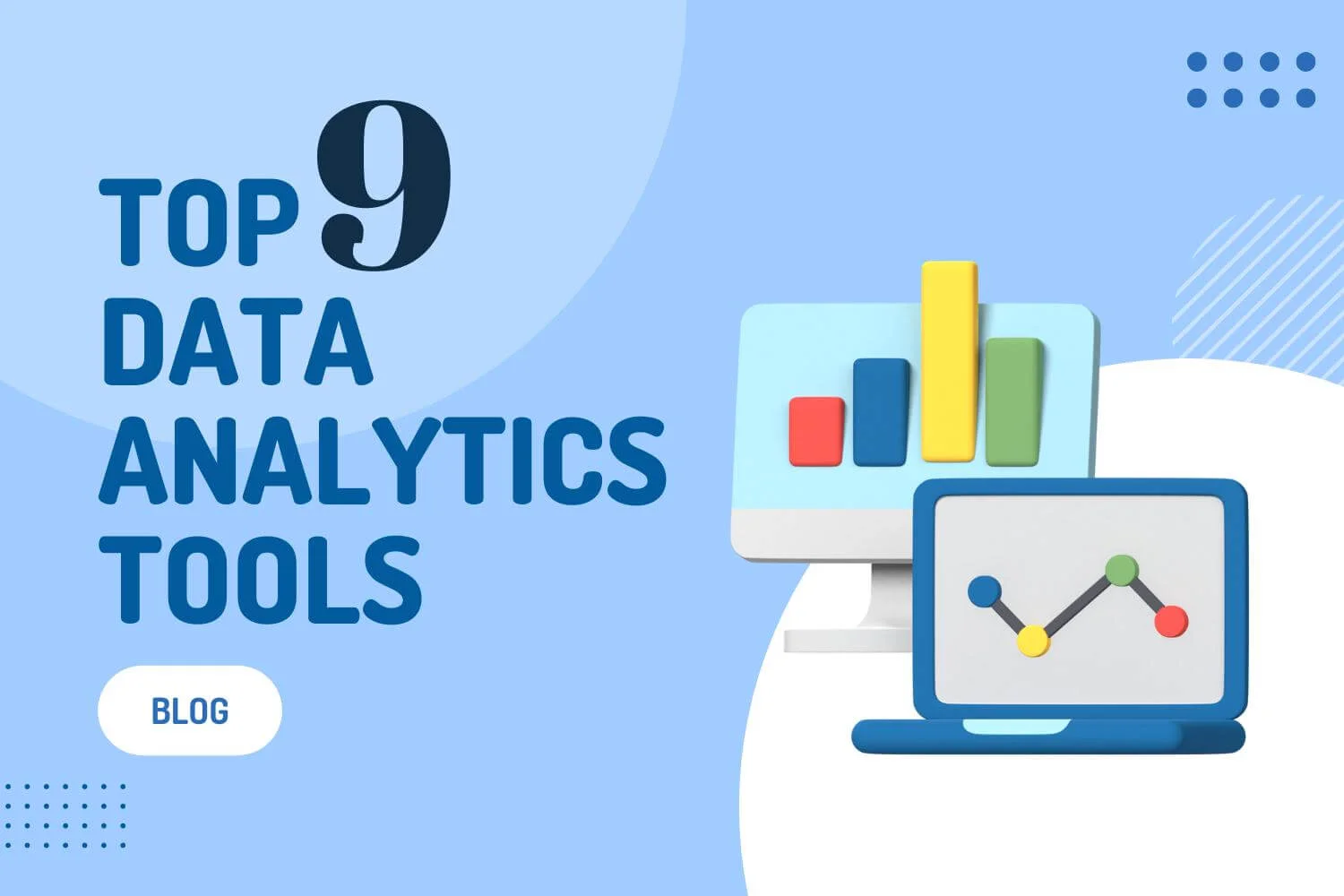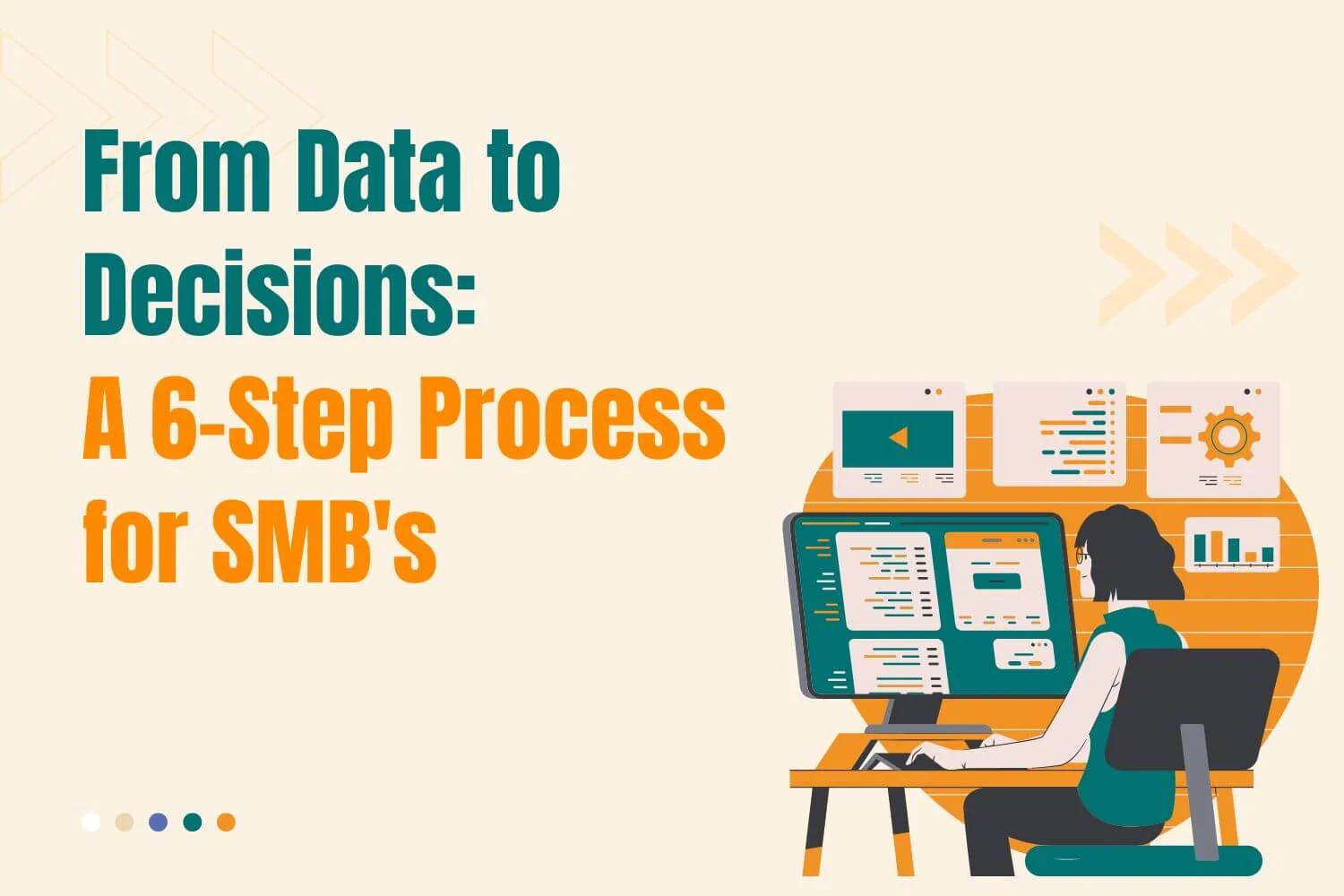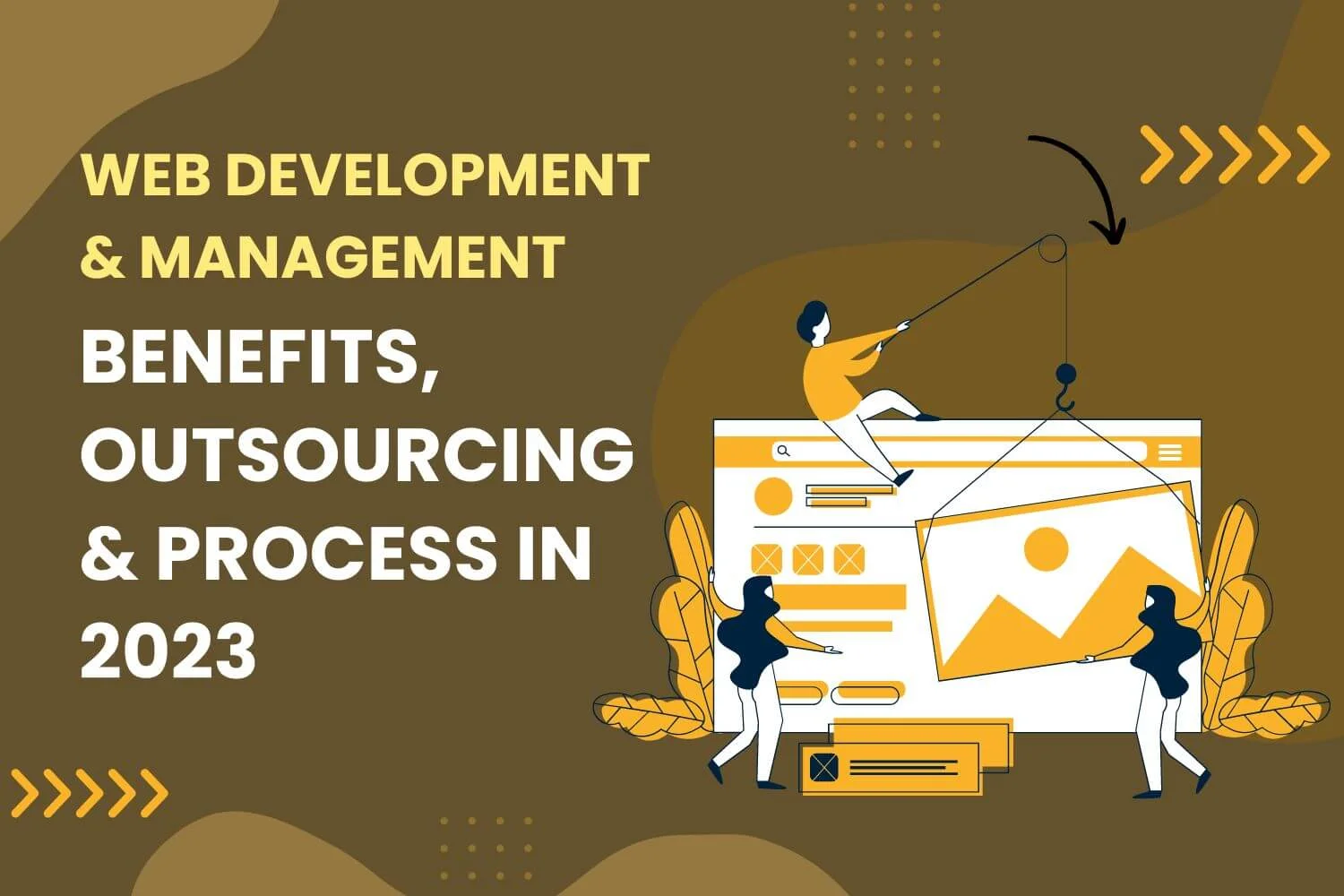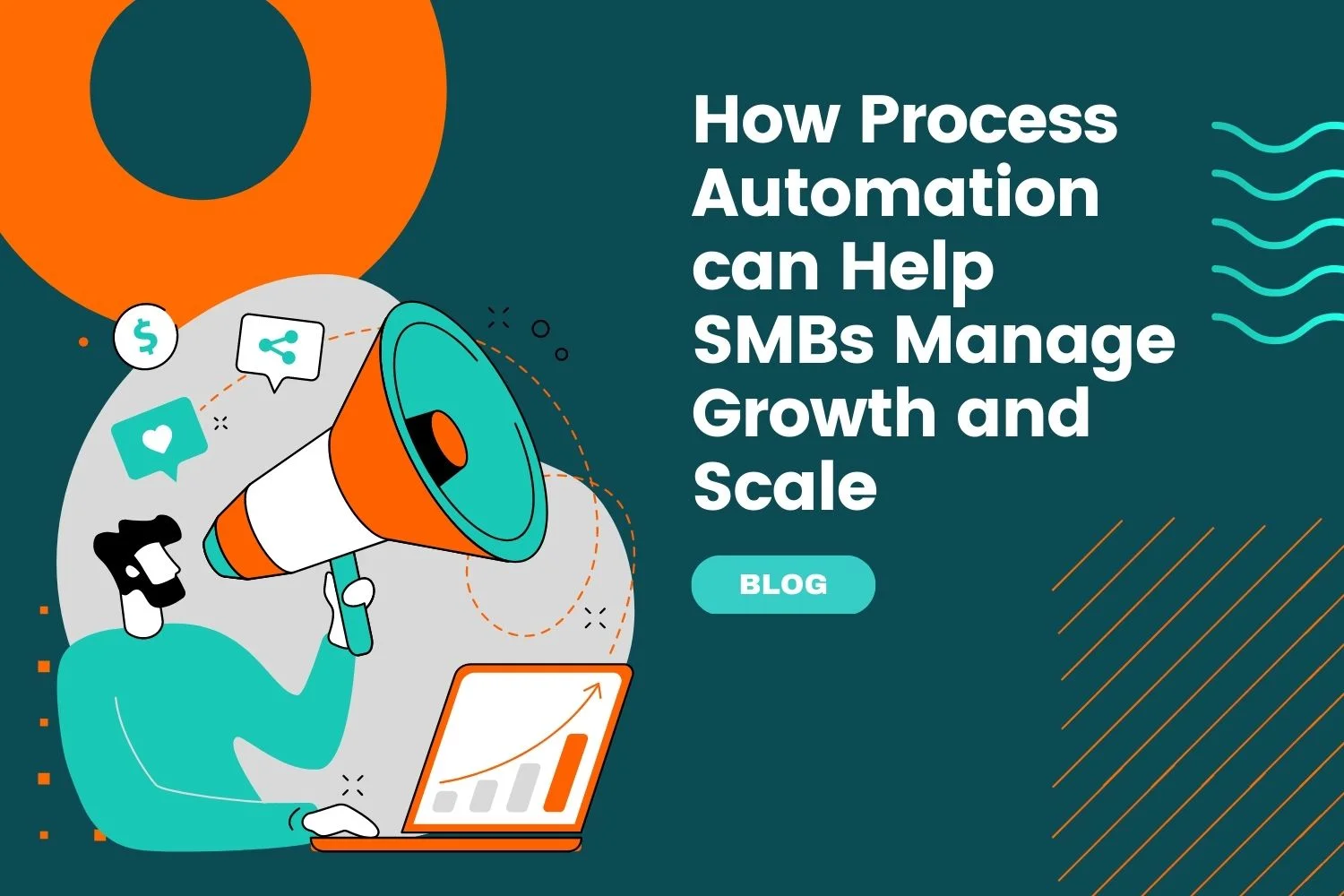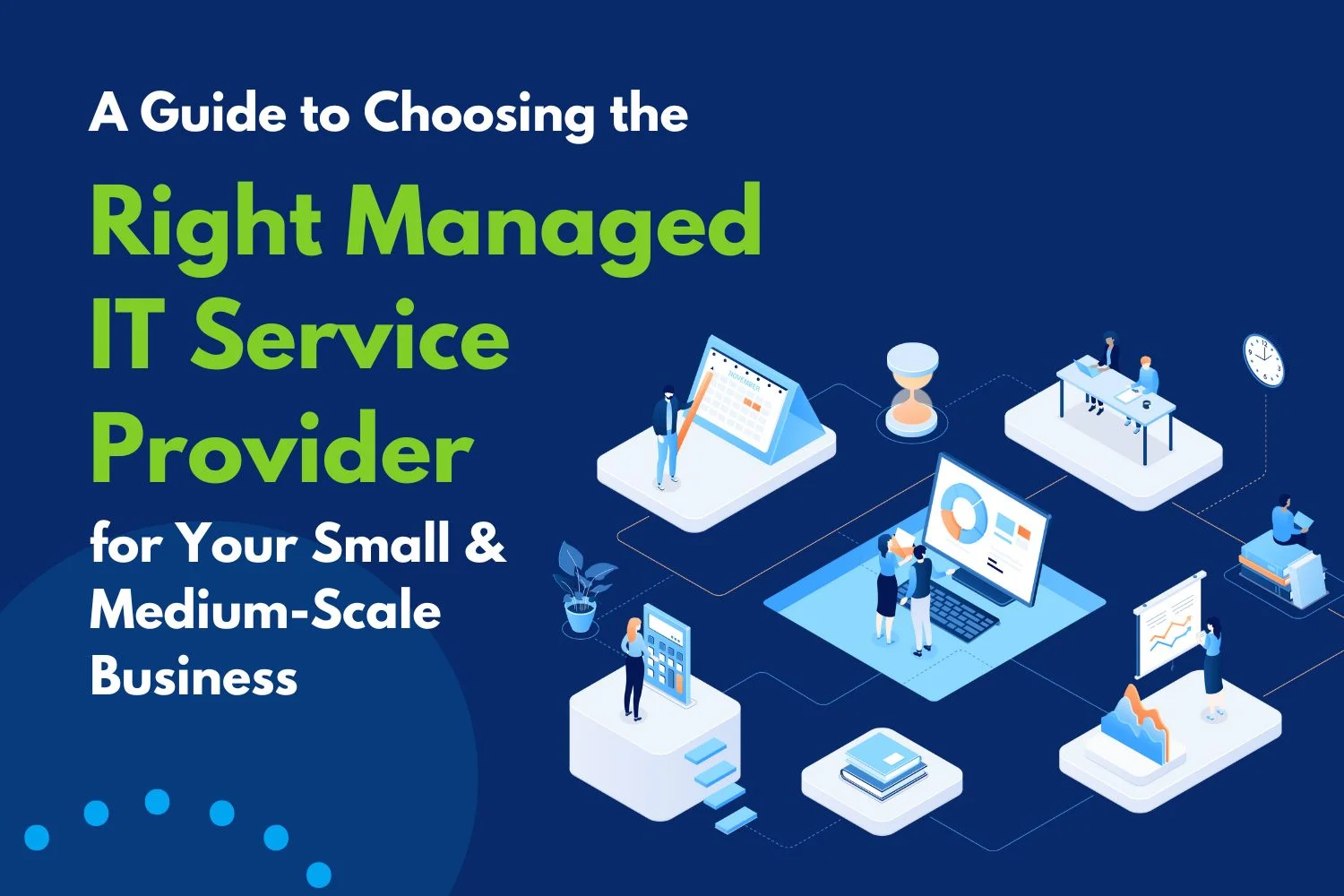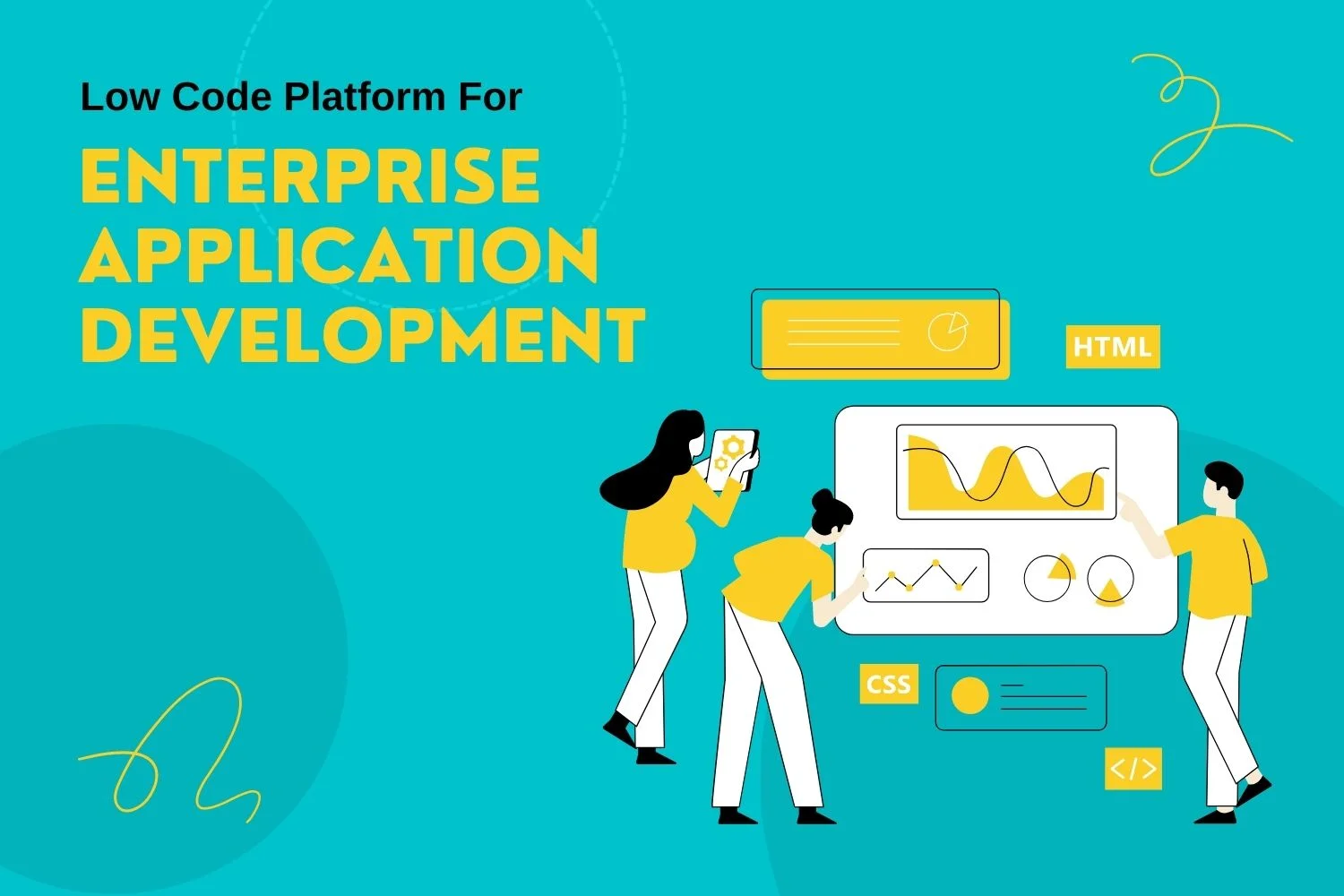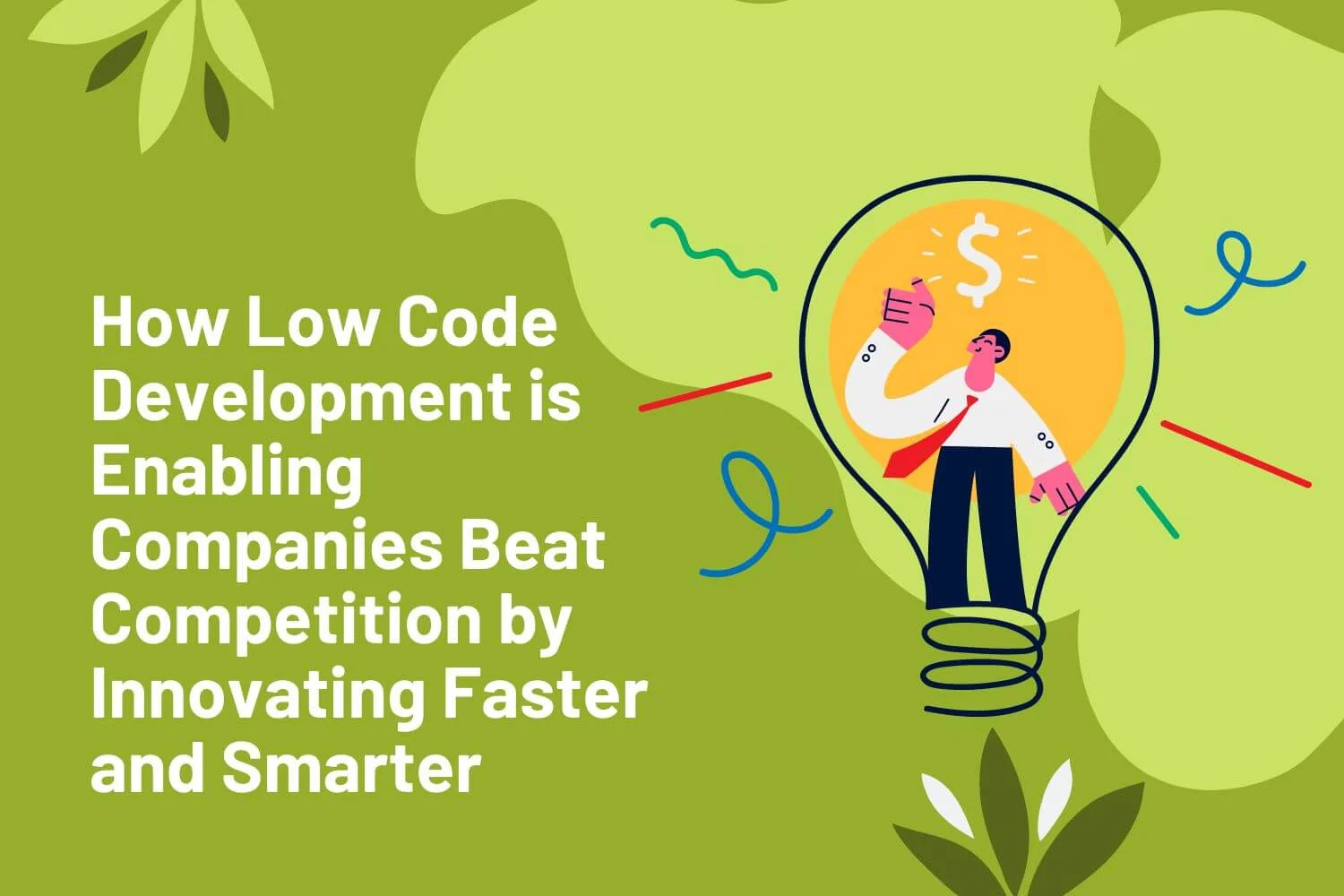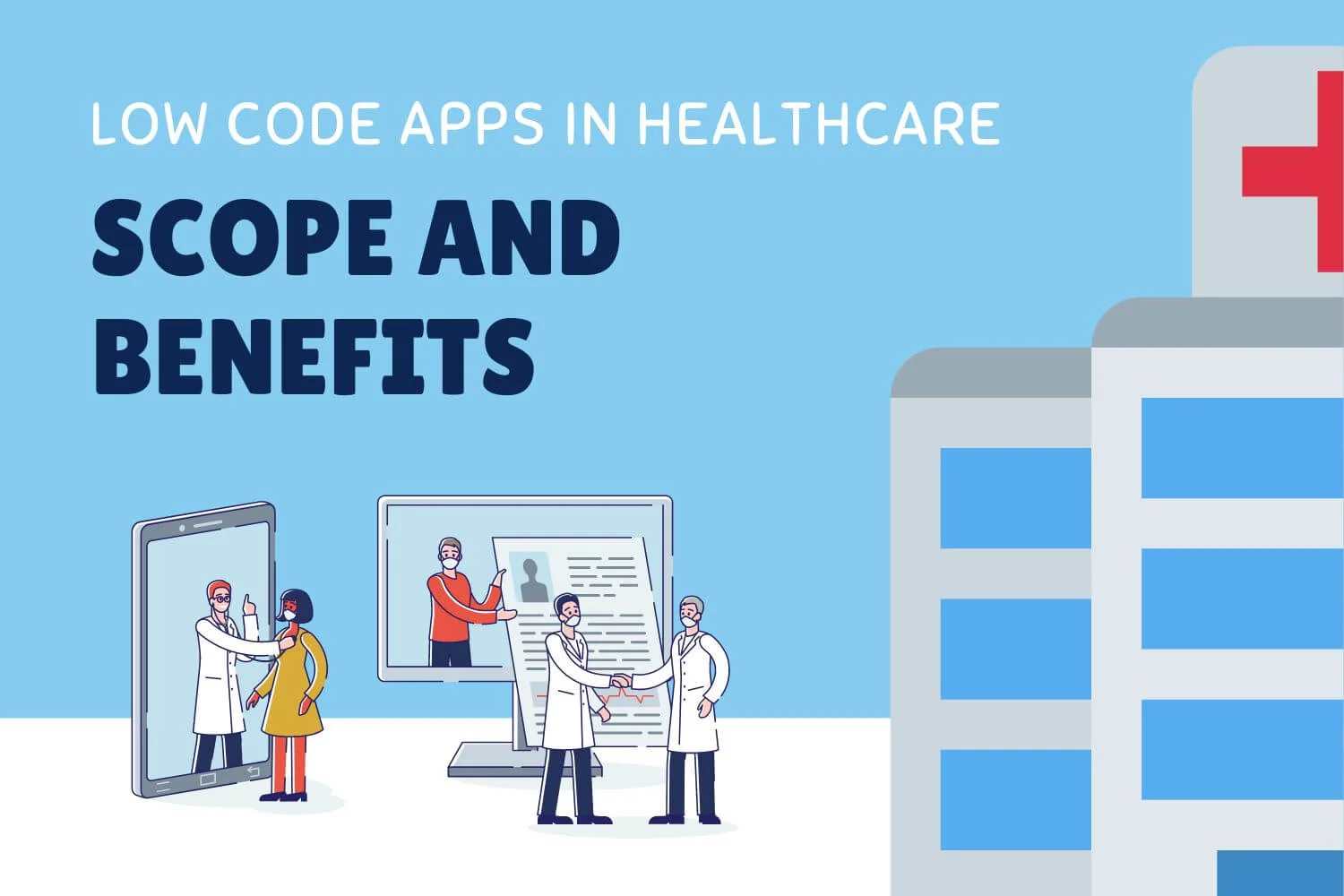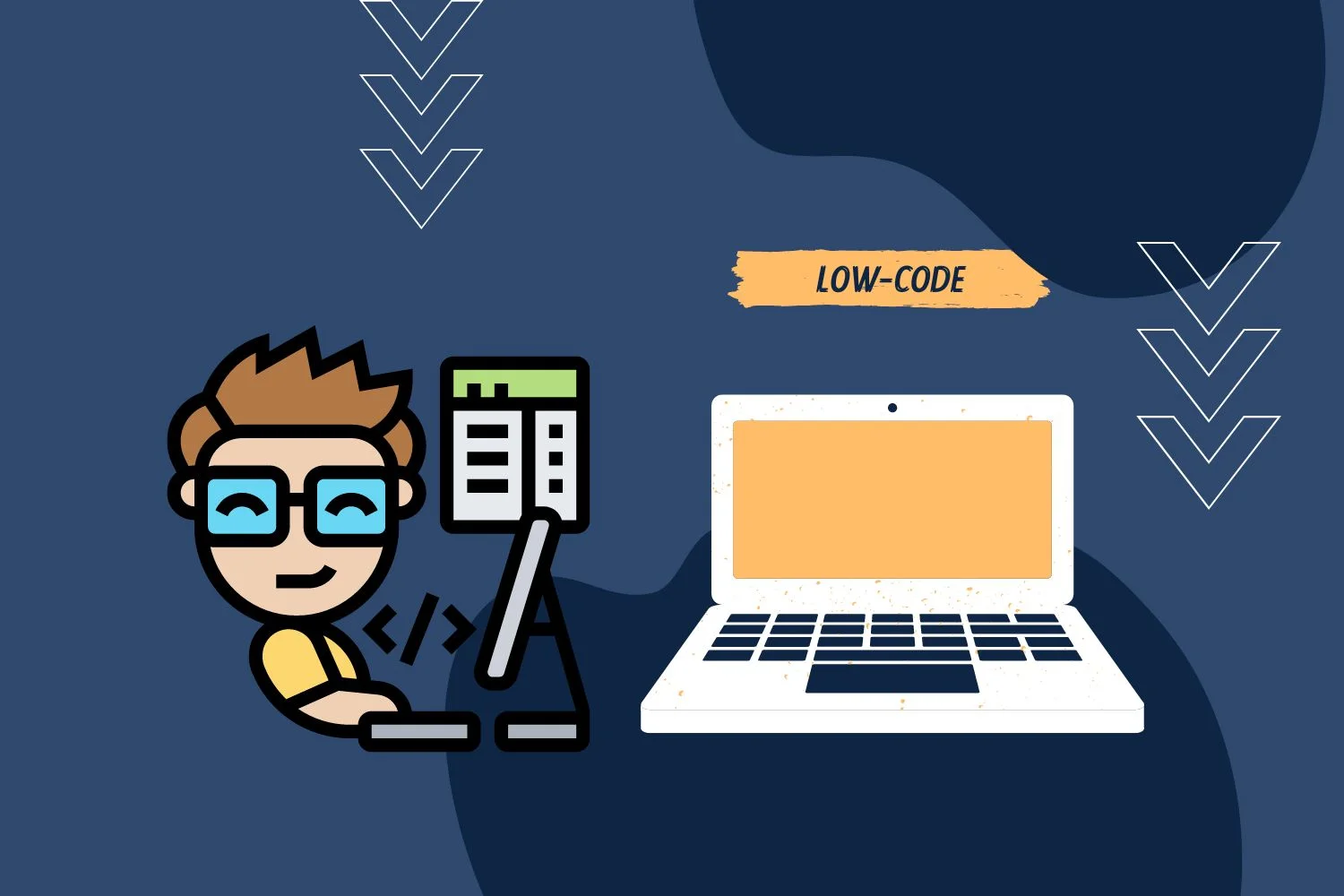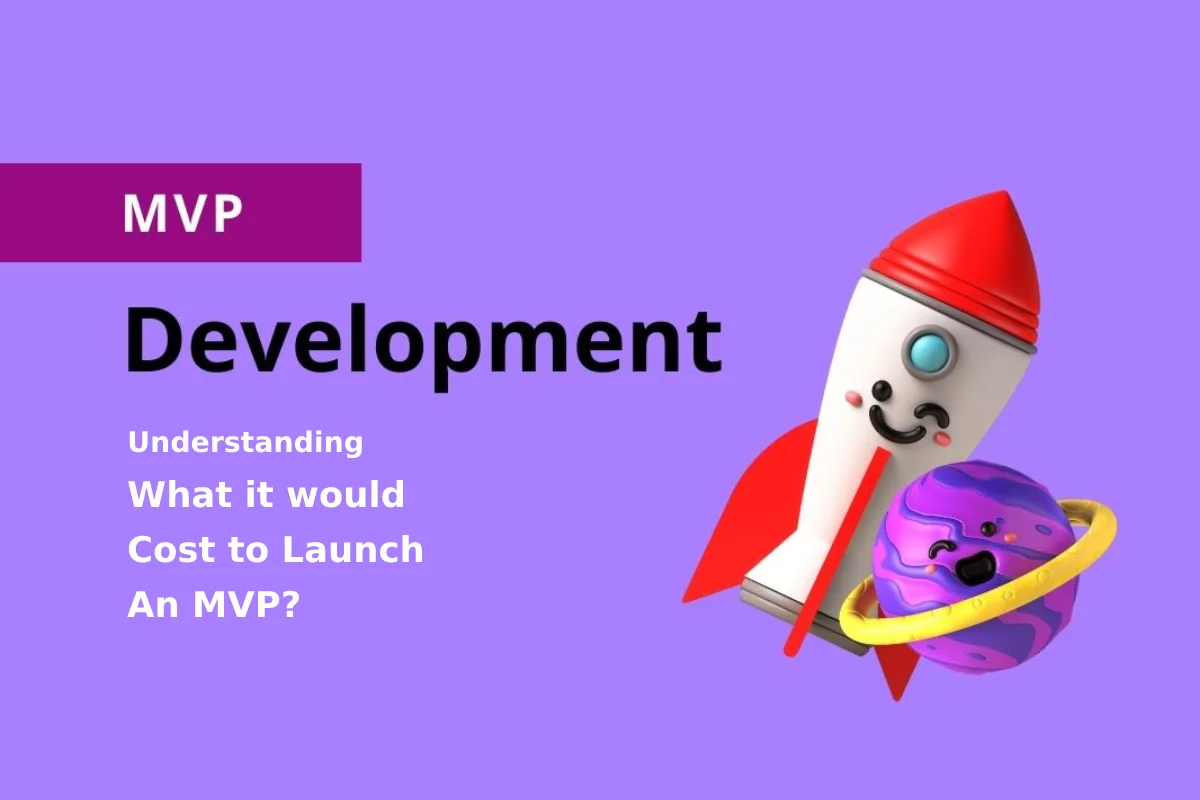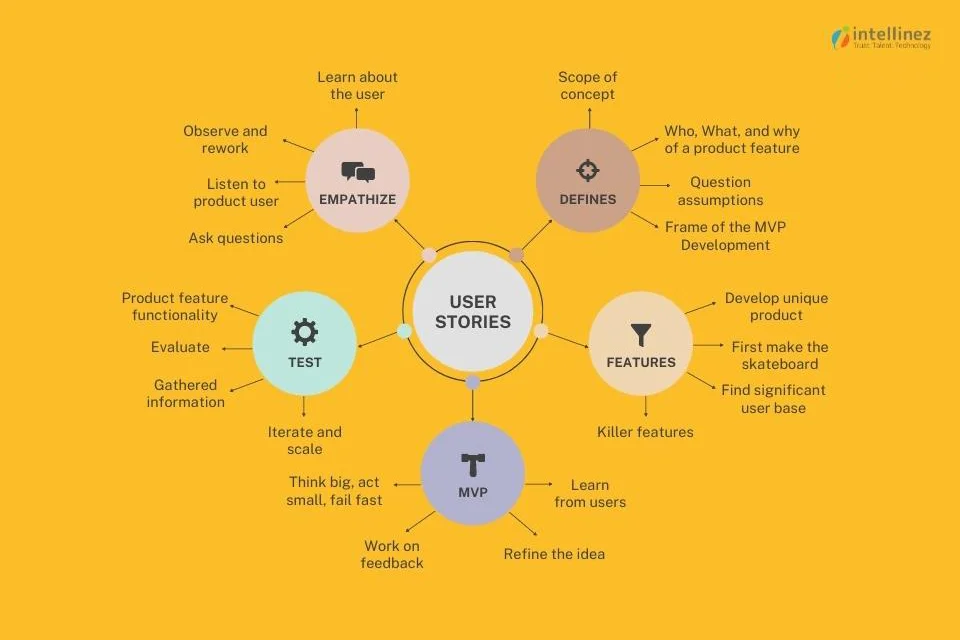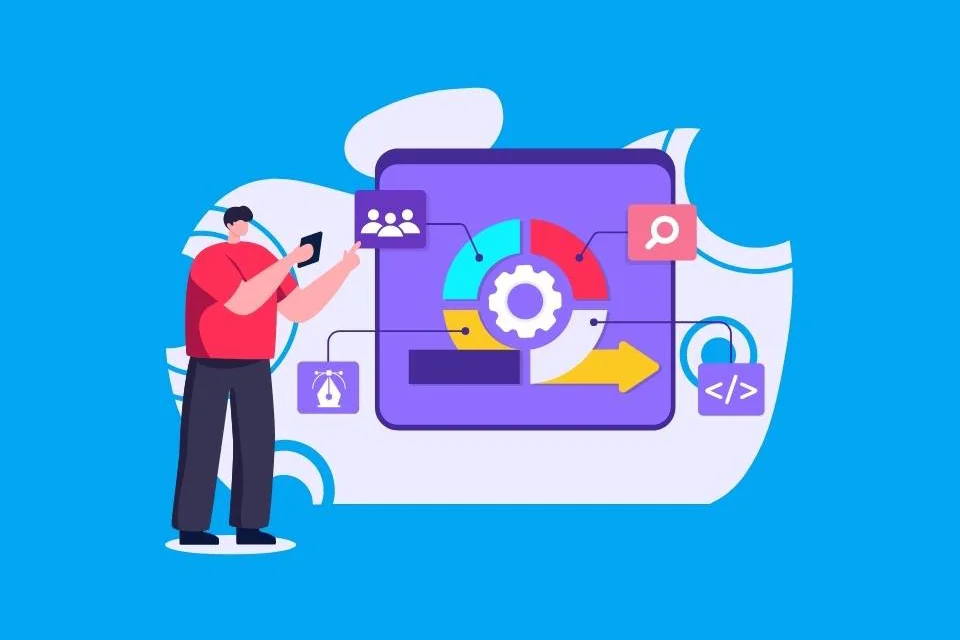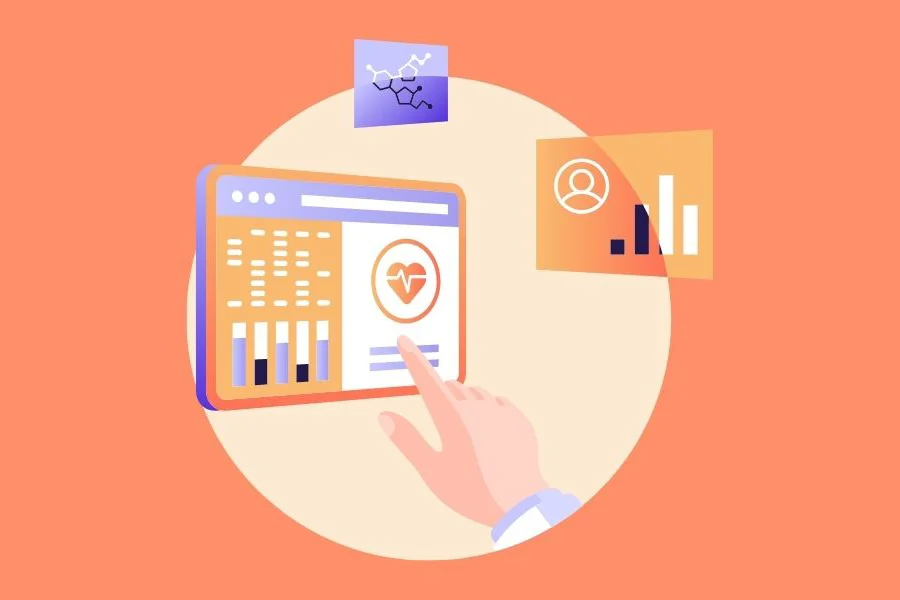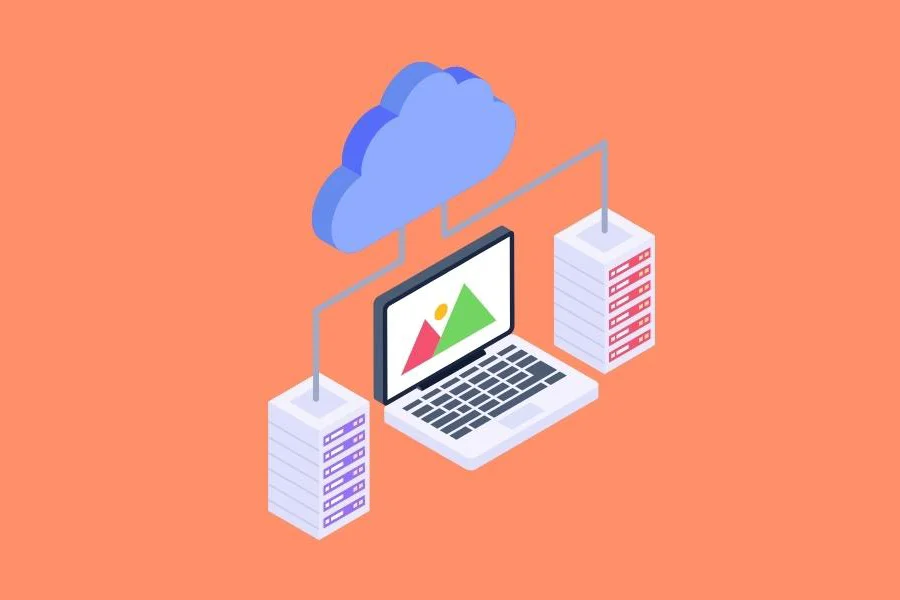Creating software does not have an unchangeable approach. There isn’t a single strategy or proper way to do it. Sometimes a software development process happens to fit it like a skin, but other times you have to use experimental techniques. Your requirements and the kind of software you are developing will determine everything.
The process of creating enterprise software has undergone a significant evolution over time; new techniques have emerged, streamlining, making it more transparent, and making it more effective, and outdated workflows have been abandoned. However, because it is an iterative process, a new development method becomes popular every few years.
What Do Stats Tell Us About Enterprise Software Development?
Market.us estimates that the worldwide ERP software industry generated USD 51.4 billion in 2022 and USD 136.1 billion by 2032, with a CAGR of 10.5% during the projected timeline (2023-2032). Businesses utilise ERP (enterprise resource planning) software to handle their regular business operations, including procurement, budgeting, project management, risk and compliance, and supply chain management. It makes it easier for information to move between functional areas, which can improve productivity and decision-making.
What Is Enterprise Software Development?
Enterprise software development is the process of designing, building, and deploying software applications that are specifically designed to meet the unique needs of large organizations. These applications can be used to improve efficiency, streamline operations, and enhance the overall performance of a business. Let’s explore the key aspects and how enterprise software development can benefit organizations.
Process of Enterprise Software Development
Based on our experience, teams that have created prosperous enterprise software typically adhere to a five-step approach that closely corresponds to the software development lifecycle, which is widely recognized in the industry.
Understanding Your Business:
The first step is to understand the needs of the business which involves working closely with stakeholders to identify their key pain points, challenges, and opportunities that the organization is facing. This information helps develop a clear understanding of the business requirements that the software needs to meet. Understanding the needs of the business include:
Identify Key Stakeholders:
Start by identifying the key stakeholders who’ll be using the software which could be individuals and teams across the organization who’ll be directly impacted by the software, such as department heads, managers, and end-users.
Gather Requirements:
Once the stakeholders are identified, gather their requirements for the software by conducting interviews, surveys, and workshops to understand their needs, challenges, and pain points. Make sure to ask open-ended questions that encourage stakeholders to share their thoughts and ideas.
Prioritize Requirements:
Having gathered the requirements, prioritize them based on their importance to the business. This’ll help determine which features and functionality should be included in the software.
Define Acceptance Criteria:
These are the specific conditions that must be met in order for a feature or functionality to be considered complete. These need be defined in collaboration with the stakeholders and used to guide the development process and ensure that the software meets the needs of the business.
Keep in mind that these needs may evolve over time, so it’s important to maintain open communication with stakeholders and be prepared to adapt the software as the needs of the business change.
Designing the Software Architecture
Once the business requirements have been identified, the next step is to design the software architecture which is a high-level plan for how the software will be structured and how it’ll interact with other systems within the organization. Keep the software architecture design flexible, scalable, and modular, so that it can be easily adapted to changing business needs. Follow these steps:
Revisit the Requirements:
Before designing the software architecture, have a clear understanding of the business, functional and non-functional requirements that need to be met by the software.
Choose the Architecture Style: This depends on the requirements of the business. Some popular architecture styles for enterprise software include client-server, micro services, and service-oriented architecture (SOA).
Create a High-Level Design:
Once you’ve chosen the architecture style, you need to create a high-level design that outlines the major components and how they interact with each other. This design should include different layers of the software, such as the presentation layer, business logic layer, and data access layer.
Define the Interfaces:
After creating the high-level design, define the interfaces between the different components. This’ll help ensure that the different components can communicate with each other and that the software functions as intended.
Choose the Technologies:
Once you’ve defined the interfaces, you need to choose the technologies that’ll be used for each component – choosing programming languages, frameworks, and tools that are best suited for the requirements of the business.
Consider Non-Functional Requirements:
In addition to the functional requirements, consider non-functional requirements such as performance, security, and scalability. These requirements will impact the design of the software architecture and the technologies that are chosen.
Create a Detailed Design:
Now you can create a detailed design that includes the specific components, technologies, and interfaces that’ll be used for the software.
It’s important to note that the software architecture may need to be adjusted over time as the requirements of the business change.
Developing the Software
With the software architecture in place, the development team can begin building the software i.e., writing code, testing the application, and refining it based on feedback from stakeholders. The development process should be iterative, with frequent opportunities for testing and feedback to ensure that the software meets the business requirements.
The steps involved are:
Create a Project Plan:
Before developing the software, create a project plan that outlines the scope of the project, the timeline, and the resources required. This helps stay organized and ensure that the project stays on track.
Develop the Components:
With the project plan in place, start developing the components of the software, that is, writing the code for each component ensuring that they work together as intended.
Test the Software:
Now we need to test the software to ensure that it works as intended. Which means, testing each component individually a.w.a., testing the software as a whole to ensure that all components work together seamlessly.
Refine and Iterate:
During the testing phase, you’d identify areas of improvement. Refine and iterate on the software until it meets the requirements of the business.
Document the Software:
It comprises creating user manuals, technical specifications, and other documentation that’ll help users understand how to use the software.
Integrating the Software with Existing Systems
What follows next is integration, that is, testing the software to confirm that it works seamlessly with other applications and systems. It’s a thoughtful part of the entire process, to ensure that the software is fully functional and can be used in a production environment.
The steps involved are:
Identify Existing Systems:
Before integrating, identify the existing systems that it needs to interact with, that contains databases, applications, and other software systems currently in use within the organization.
Analyse Integration Requirements:
Post identification, analyse the integration requirements viz., determine the data to be exchanged between the new software and the existing systems, as well as the processes that need to be followed for the integration to work correctly.
Define Integration Points:
After analysing the integration requirements, define the integration points – the places where the new software will interact with the existing systems. For example, if the new software needs to access customer data from an existing CRM system, the integration point would be the API or database table that stores the customer data.
Develop Integration Interfaces:
It’s about time to develop integration interfaces – the software components that enable communication between the new software and the existing systems e.g., creating APIs, setting up data connectors, or developing custom software components.
Test Integration:
Testing the integration warrants that the data is being exchanged directly between the new software and the existing systems, and that the integration is working as intended.
Deploy Integration:
Once the integration has been tested successfully, deploy it to the production environment by installing the necessary software components and configuring the systems to work together.
Monitor Integration:
Arrangement is followed by monitoring the integration to ensure that it continues to work correctly. This may involve setting up monitoring tools to detect issues and troubleshooting any problems that arise.
Deploying the Software
The ultimate step in enterprise software development is to install the application on the appropriate servers or platforms, configuring it for the specific needs of the organization, and training users on how to use the software. Deployment is a significant part of the process, involving:
Deployment Strategy and Preparation:
Once you’ve determined the deployment environment, the deployment process, and the tools required for deployment, make certain that the software is packaged correctly, all dependencies are included, the necessary configurations are in place, and the software is functioning as intended.
The Rollout and Deployment:
Once the deployment is tested successfully, rollout in the order in which the software will be deployed to production environments, as well as any downtime required for the deployment. Deploy the software to the production environment, including installing the software, configuring it, and verifying that it is functioning as intended.
Verifying the Deployment:
After deploying the software, verify that it is working correctly by running tests and monitoring the software to ensure that it is meeting performance and functionality requirements.
Provide Training and Support:
Post deployment, provide training and support to end-users to ensure they can use the software effectively. Also create user guides, providing training sessions, and setting up support channels to handle any issues that arise.
Key Elements Of A Successful Enterprise Software Application
We’ve gone over our suggested enterprise development cycle, but what really determines whether or not enterprise applications are successful? Let’s take a look.
Flexible enough to scale over time
One of the primary value-adds of designing a tailored solution is its versatility and scalability as business demands evolve. Building in software flexibility is essential to effective enterprise software for three major reasons:
To guarantee the solution may be easily adjusted over time.
This will provide flexibility as the company expands, business intelligence requirements alter, and more general market and technological developments take effect.
To lower overall ownership costs.
The overall ownership cost will be relatively low by avoiding the necessity of pricey and time-consuming alternatives or software migrations.
To enhance the overall software quality.
Strong development teams will incorporate modern approaches that prioritise delivering versatile, simple software.
The secret to factoring in this kind of flexibility is to partner with an expert enterprise development company that can develop a software architecture that suits your business demands today and in the future.
Streamlined for business processes
Ensure that developing an enterprise application will actually improve internal business operations before starting.
You should identify the precise business processes that can be improved by a new software solution.
Speak with users of the current software tools to understand all of your distinct internal processes that are being handled by these tools. This can assist you in comprehending what actual users of the software like and dislike about it as well as how they actually use the tools.
Pull usage information for the software that is already in use to comprehend the procedures being done with the current tools. This can assist you in identifying potential areas for optimisation as well as what needs to be duplicated in the new product in certain respects.
Scrutinize off-the-shelf alternatives before developing customized software. Make a list of the elements you like as well as those that are lacking or ineffective for your particular business infrastructure.
Integrates with tech stack
Every organisation will have distinct software integration demands. Although many commercially available enterprise software systems offer certain integration services, they may not be the best ones for your company.
When creating bespoke software, you have the authority to determine which current software or business applications the fresh solution will blend with. The direct combination with other software tools may advance process efficiency and reduce the burden of managing third-party integration tools.
All integrations required should be recorded during the requirement analysis phase, applied during the software development phase, and tested properly before rollout.
Types Of Enterprise Softwares
At present, there are three primary categories of enterprise software, namely customer relationships management (CRM), enterprise resource planning (ERP), and supply chain management (SCM). Each of these systems can operate independently and consist of multiple modules that cater to specific business requirements.
Customer Relationship Management (CRM).
The CRM system is made to gather customer information and predict market and sales prospects. It keeps track of all client conversations, helps manage leads, can improve customer service, and can increase sales.
The global market for CRM softwarewas $106.23 billion in 2021, as per the CRM Software Global Market Report 2022. With a CAGR of 15.1%, the market is projected to hit $216.63 billion in 2026.
CRM and the sales and marketing module typically work together seamlessly. Workflows like inquiries, quotes, orders, and bills are handled by the sales module. More leads, a shorter sales cycle, and higher earnings are all benefits. Based on consumer segmentation features, marketing software facilitates the creation of highly targeted marketing programmes and automates communications via social media, email, and adverts.
These modules offer in-depth reports on a variety of topics, including sales pipelines, lead sources’ efficiency, activity, forecast, case logs, and profitability, as well as marketing campaign performance, which may be used to gauge the success of efforts and guide spending and planning.
Some CRM Examples:
HubSpot, Salesflare, EngageBay, Dynamics, Salesforce, Zoho, BIG Contacts, Pipedrive, Freshworks, ActiveCampaign.
Supply Chain Management (SCM).
The entire supply chain is streamlined by the SCM system, which also makes these procedures adaptable to changes in the market and guarantees a seamless flow of goods from supplier to client.
This module assists staff members, including purchasing agents, inventory planners, warehouse managers, and senior supply chain leaders, in obtaining detailed information, optimising inventory levels, prioritising orders, increasing on-time shipments, avoiding supply chain disruptions, and spotting inefficient processes.
SCM contains modules for inventory management, transportation (TMS), warehousing (WMS), and procurement (or purchasing).
Some SCM Examples:
SoftwareHut, E2open, IBM Watson, Oracle E-Business Suite, and SAP.
Enterprise Resource Planning (ERP).
ERP software offers a cross-functional, corporate communication framework that supports organisational goals. It enables effective information gathering, administration, and interpretation.
The primary ERP modules involve manufacturing, finance and accounting, human resources management (HRM), supply chain management (SCM), and business intelligence (BI).
Some ERP Examples:
Microsoft Dynamics 365, SYSPRO ERP, Oracle NetSuite ERP, Acumatica Cloud ERP, SAP Business ByDesign
Benefits of Enterprise Software Development
There are several key benefits to enterprise software development, including:
Improved Efficiency:
To streamline business processes and improve overall efficiency, reducing the amount of time and resources required to perform key tasks.
Enhanced Collaboration:
To facilitate collaboration between different teams and departments within the organization, improving communication and enabling better decision-making.
Scalability:
It helps high scalability, enabling organizations to easily add new features and functionality as their needs evolve.
Increased Security:
It can help design robust security features, protecting sensitive data and ensuring that it is only accessible to authorized users.
Conclusion
Enterprise software development helps organizations improve their operations and enhance overall performance. By understanding the unique needs of the business, designing a flexible and scalable software architecture, and deploying the software in a secure and efficient manner, organizations can achieve significant benefits and drive growth and success.
Hire Intellinez For Your Enterprise Software Development Needs
We have a proven track record of delivering high-quality solutions on time and within budget. Our team of experienced developers uses the latest technologies and best practices to create custom software that meets your unique business requirements and drives your success.
































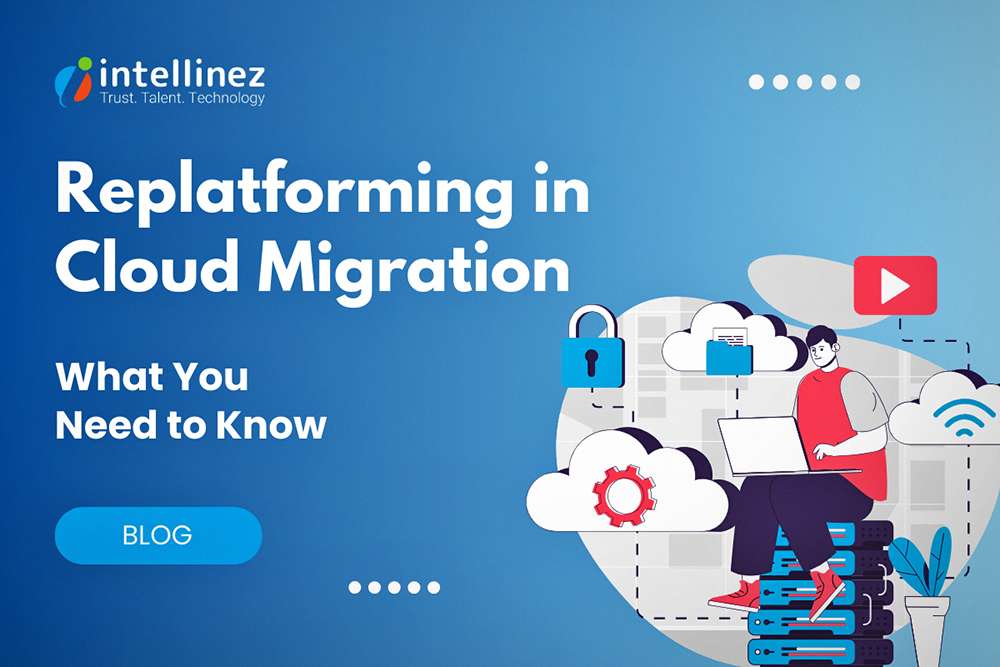





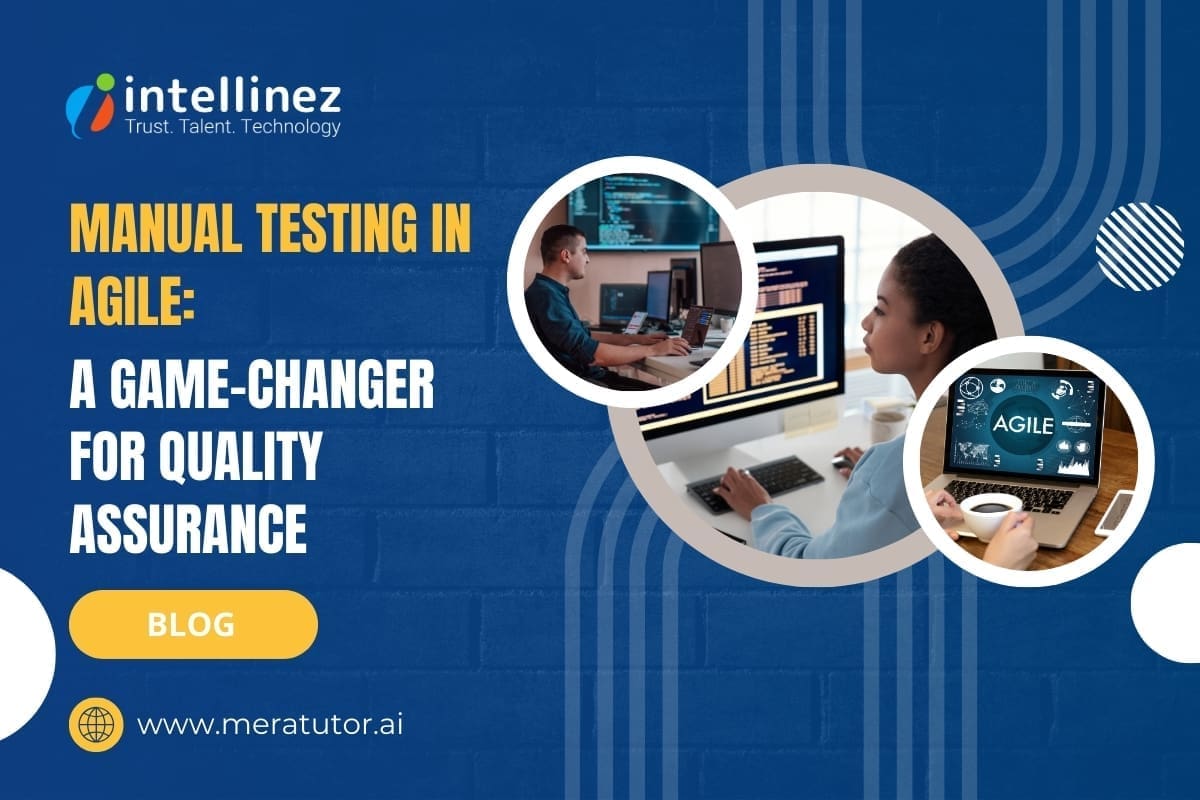




![A Comprehensive Guide to AWS SaaS Architecture [Diagram Included] 87 Aws SaaS Architecture](http://www.intellinez.com/wp-content/uploads/2024/08/Title-image.jpg)










